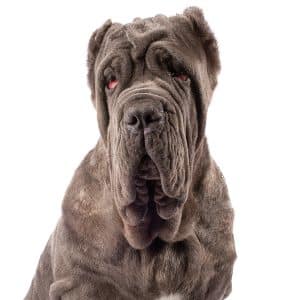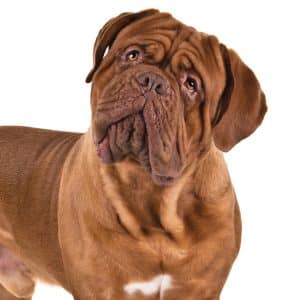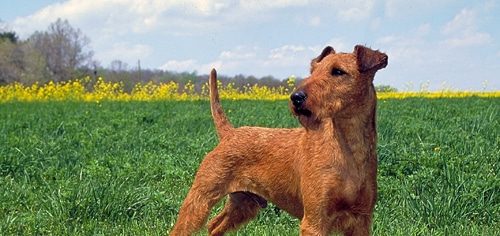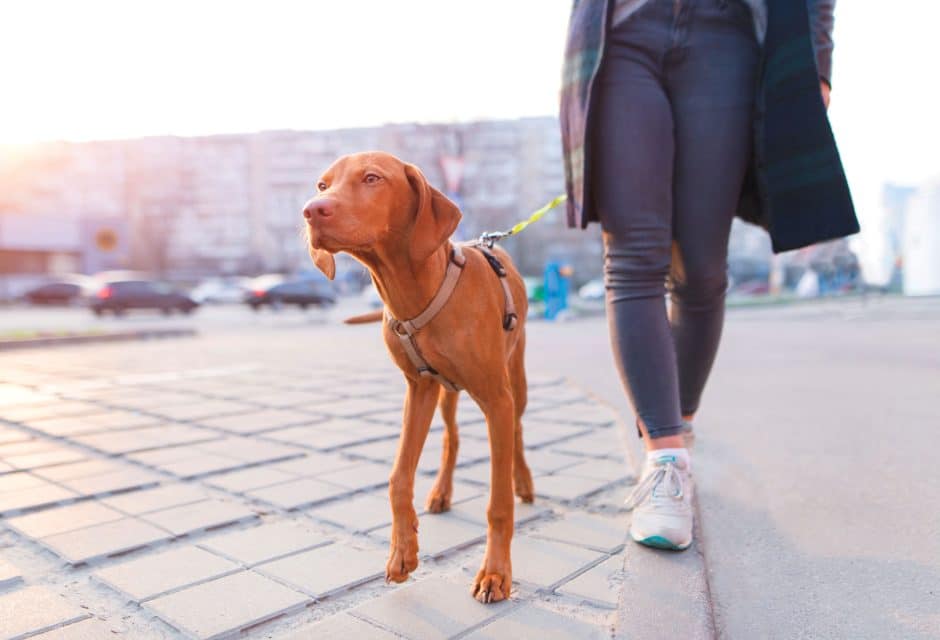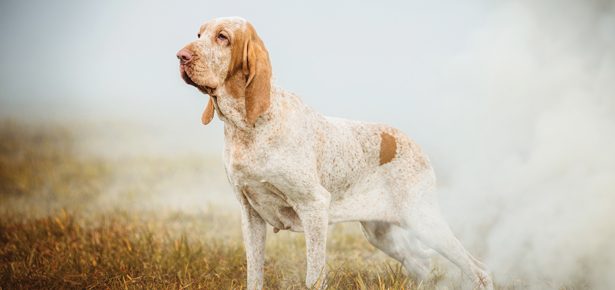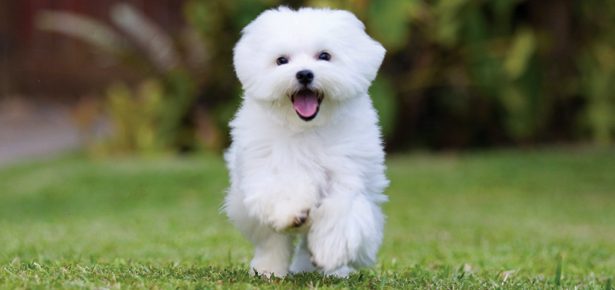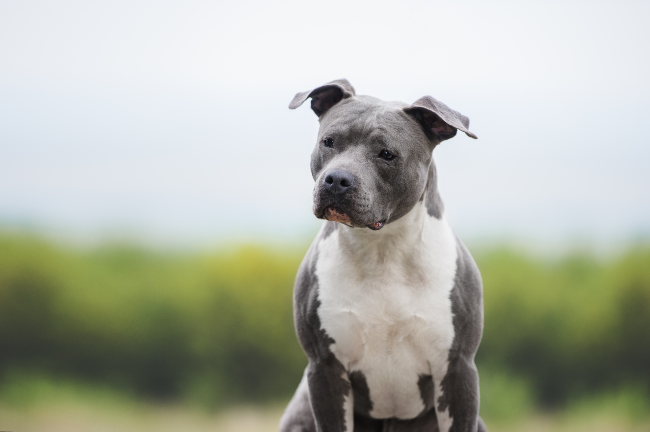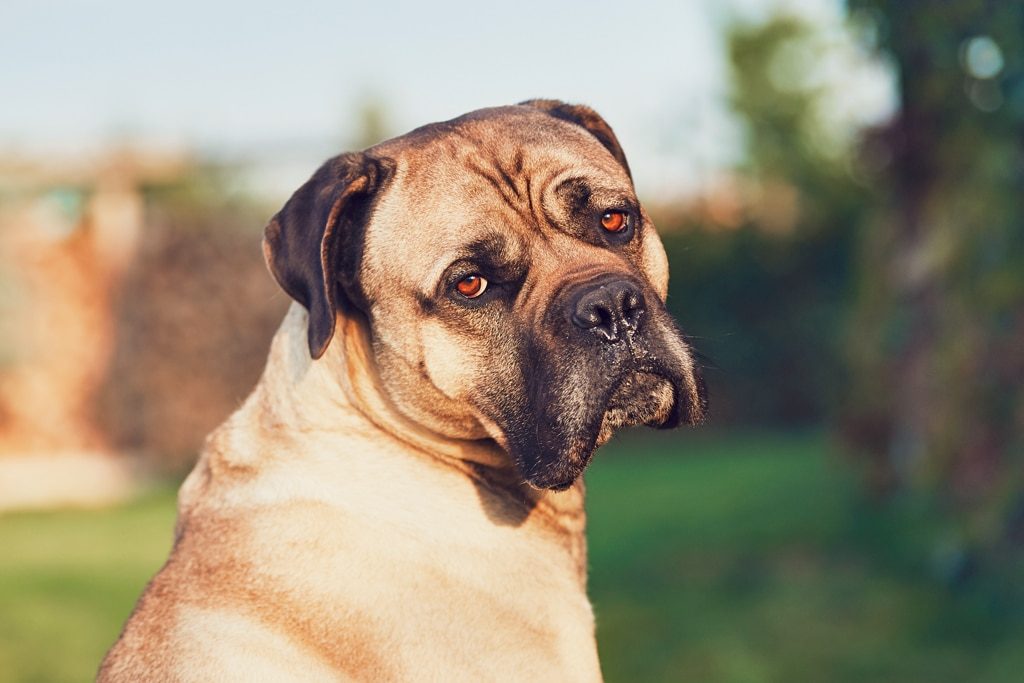
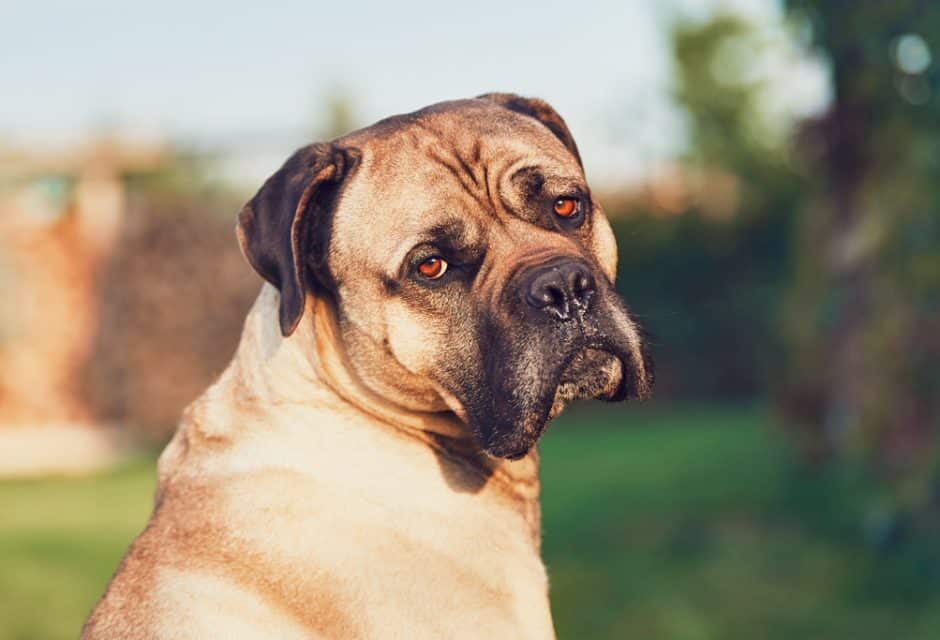
The Cane Corso
So much more than meets the eye

The Cane Corso is an imposing breed that owes its earliest origins to the Romans. Their use of Molossian war dogs, a breed of large, powerful dogs they bred for battle in the first Century, led to the development of some of today’s most sizeable and powerful breeds, including the Neapolitan Mastiff, the Cane Corso’s close cousin.
Since as early as 600 AD, the Cane Corso has been used in his native Italy by farmers for the purpose of hunting mid- to large-sized game, as well as guarding and herding livestock. Tough as nails, intelligent, and extremely versatile, Cani Corsi were commonplace throughout Italy. Prior to the 19th century, most farms in the country had one of these dogs ‘on staff.’
But farming practices shifted in the 20th century; many of the tasks this working breed handled became automated. As the dependence on them for work declined, so did their popularity. By the mid 20th century, Italy was in jeopardy of losing one of its national canine treasures. Fortunately, a group of dog fanciers prevented that from happening. In the 1970s, concerted efforts were taken to bring the breed back from the brink of extinction. Working with a variety of Mastiff-type breeds, fanciers honed type and temperament into the Cane Corso we know today.
In 1983, the Society Amatori Cane Corso was formed, and later in that decade Cani Corsi were imported into the United States. The International Cane Corso Association was formed in 1993 and the American Kennel Club (AKC) recognized the breed in 2010.
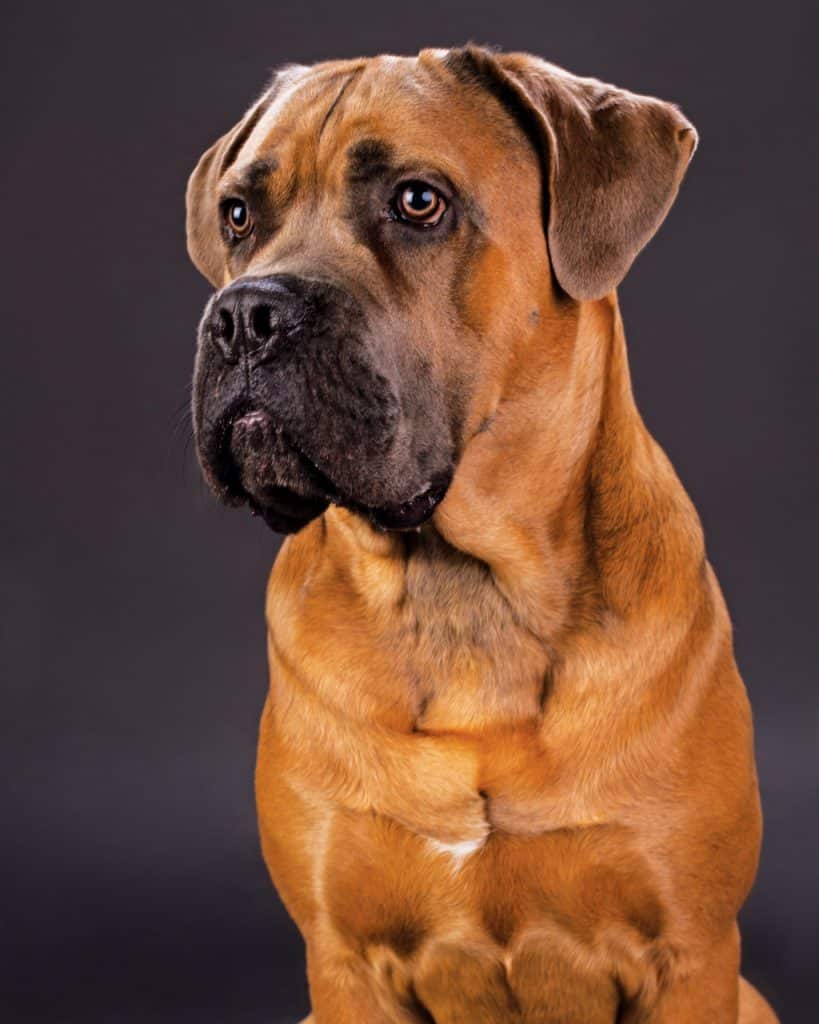
Photo denisfilm/Bigstock
The AKC accepts the breed in a variety of coat colours. White patches are common and are accepted on the chest, toes, chin, and nose. The standard emphasizes proportions vs. specific weight restrictions, but these dogs tend to weigh between 85 and 110 pounds. The Cane Corso is heavily-boned and very muscular, but notably less stocky than some of his Mastiff-type cousins.
Without question, he’s an impressive and hard-working dog. But could this breed also fit the bill as a family companion?
Maybe.
First things first: this is a dog who needs a guardian that’s a lot like him—confident, assertive, and interested in seeking out activities to work off physical and mental energy. It’s
not enough for the Cane Corso to love you; he must also respect you.
Temperament-wise, the breed is confident and assertive, but not pushy or aggressive. Around the home, he’s cherished for being so easy to be around—calm, quiet, and eager to stay close by. Those guarding instincts remain strong, though. He’ll let you know when someone has arrived at your home, and while he’s not an instigator, he’s also not likely to back down from a threat—if he feels his home and people are threatened, his protective instincts will surface. His appearance alone is a first line of defense that could scare off many intruders.
Profile: The Cane Corso
Size: Large
The AKC accepts this muscular, heavily-boned dog at a height of 25-27.5 inches at the shoulder for males; 23.5-26 for females. Weight should be proportionate to height, generally 85 to 110 pounds.
Activity Level: 4/5
These dogs need regular exercise and activities that will keep them mentally challenged. Long daily walks are a minimum, and participation in canine sports is encouraged.
Grooming: 2/5
His coat is short, stiff and shiny. A light undercoat provides additional warmth in cold temperatures. Occasional brushing and bathing will suffice.
Heritage: Working
Like many of the Mastiff-type breeds, the ancient Italian Molossar that formed the basis of the Cane Corso was used for hunting as well as livestock protection and herding.
For more information on Cane Corso rescue in the U.S., visit canecorsorescue.org. In Canada, visit canadian-cane-corso-association.com.
When it comes to guarding and protecting, many feel the Cane Corso has no equal in the dog world. So how can we reconcile that with the fact that he’s known to be generally calm and loving to his family? Well, perhaps we can chalk it up to the fact that very little in life is as simple as it seems. This is not a one-dimensional dog.
If you’re thinking about bringing a Cane Corso into your life, you’ll need the time and budget for training. Ideally starting in the puppy stage, this breed must be taught proper manners and good behaviour with people and other animals. Early socialization is vitally important. Positive-reinforcement training techniques work well with this breed, because he’s both intelligent and eager to please his loved ones.
Mental and physical outlets for the Cane Corso are necessary. He’s a working breed and needs a job to thrive. A bored Cane Corso can act out through aggression, digging, or barking excessively. Not fun. Long daily walks would be a bare minimum. Once fully developed (around the 18-month mark,) he’s well-suited for more vigorous activities, such as running or biking along trails with you.
He also needs to be challenged mentally. Obedience training is a must, but—because he’s such a versatile breed—the Cane Corso is likely to excel in just about any activity you throw his way. These are true ‘up for anything’ dogs who have been known to enjoy agility, tracking, or even dock-diving to name but a few activities. Yes, he’s large, but he’s fleet-footed and surprisingly agile. Whatever you throw at him, he can handle it.
As tough as he may be, the Cane Corso isn’t suited to a life outside and away from his family. He bonds closely with his guardians and wants to be near them.
Most Popular Dogs in the US
According to the most recent AKC registration statistics
[1] Labrador Retriever
[2] German Shepherd
[3] Golden Retriever
[4] French Bulldog
[5] Bulldog
[6] Beagle
[7] Poodle
[8] Rottweiler
[9] Yorkshire Terrier
[10] Pointers
[40] The Cane Corso
In terms of health and wellness, keeping him healthy and looking his best isn’t a huge challenge. His short, stiff coat will shed a couple of times a year, and just requires regular brushing and the occasional bath. Keeping his nails trimmed should be a priority. The bigger the dog, the harder they fall, but slipping on long toenails is easily avoidable.
The Cane Corso is known as a strong, healthy breed, but as with all purebreds they can be prone to some health considerations. Always work with a reputable breeder who conducts health clearances on foundation stock and puppies—or consider rescue as a first choice.
As a protector, he may have no equal in the dog world, but the Cane Corso’s story doesn’t end there. He’s brave and he’s a powerhouse, but he’s also loving, docile, and easygoing. If he happens to be the right breed for you, count your blessings—because, to be loved by a dog of this magnitude is something special, indeed.
If you like the Cane Corso, you might also consider the:
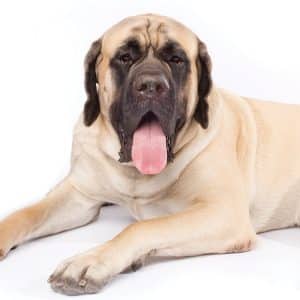
Neapolitan Mastiff Mastiff Dogue de Bordeaux
» Read Your Breed For more breed profiles, go to moderndogmagazine.com/breeds
Join the newsletter and never miss out on dog content again!
"*" indicates required fields
By clicking the arrow, you agree to our web Terms of Use and Privacy & Cookie Policy. Easy unsubscribe links are provided in every email.
